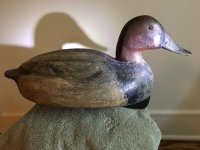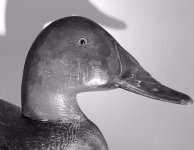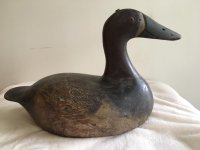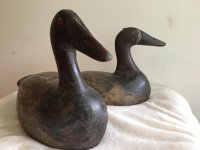See the attached cellphone images of my rig.
- While narrowing the aperture will indeed create a greater depth of field, this only works up to a point. Depending upon the lens, smaller and smaller apertures will result in more and more diffraction and softer and softer images.
- At macro distances and magnifications, it may in fact be IMPOSSIBLE to have the entire subject in focus, regardless of how much you stop down. This is especially the case when using enlarger lenses and microscope objectives.
- I can't tell you why the specific number of images was chosen, since my software (DSLR Controller) made the choice, not me. I shoot macro with the camera tethered to an ASUS Zen 8.0 Android tablet. I use DSLR Controller to control the camera. It uses it's own algorithm to determine the number of shots. This algorithm can be manually overridden, but I don't have enough experience to do so with consistently acceptable results.
Many thanks for the detailed explanation and illustrations. You have a great setup there - way more advanced than I thought!
John












